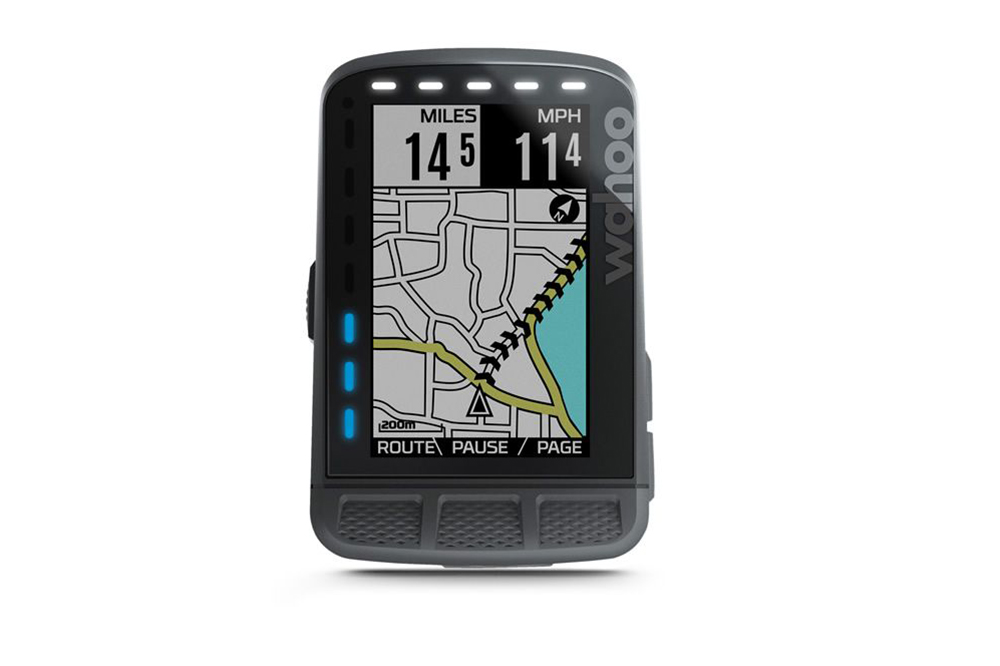New Wahoo Elemnt Roam bike computer gets more accurate GPS, more memory and more colours - here's our first look
It looks mostly the same as the old one but the new Roam has a lot more horsepower under the hood
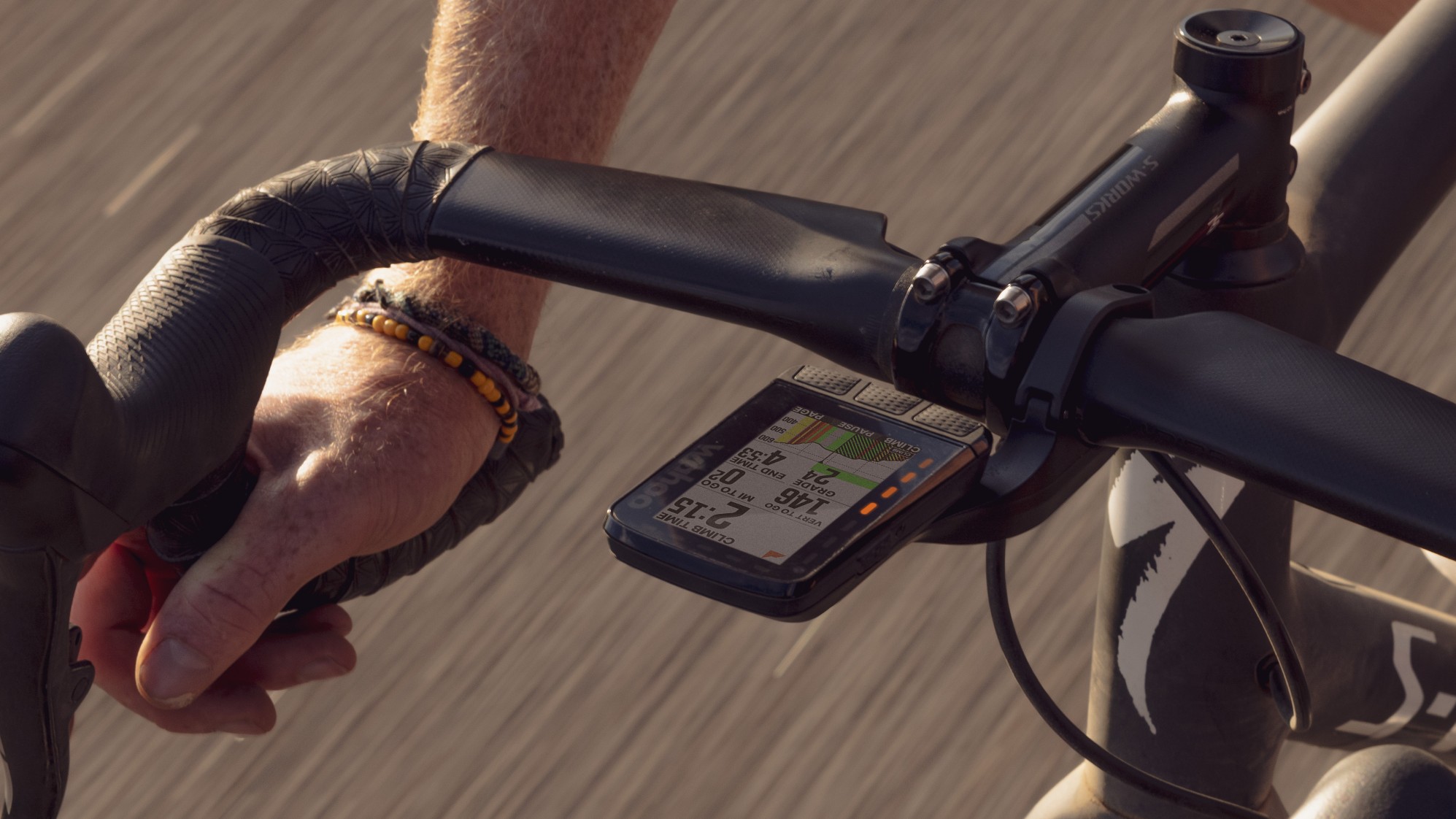

Wahoo has launched the second generation of its flagship GPS bike computer, the Elemnt Roam. The US brand has boosted the Roam’s performance with a suite of new features that it hopes will bring it in line with the best cycling computers including dual band GPS, enhanced navigation, integration with Wahoo X training software, a higher contrast screen, and upgraded memory capacity.
The signs have been there for a while that a new Roam was about to replace the original, which dates back to 2019, perhaps most obviously in the reduction in price of the ‘old’ Roam from £299.99 to £199.99
The new version is priced at £349.99, which seems like a fair increase given the extra power the new unit offers, not to mention roaring inflation…
The Roam’s little brother, the Wahoo Elemnt Bolt is already on its second generation - released last year - and was labelled by most reviewers a “mini-Roam”. Now the Roam is arguably a “big Bolt” in terms of its performance, though in its appearance it’s very similar to the outgoing Roam.
At a glance new and old Roam look virtually the same, the only visible difference being in the buttons. The new Roam has convex buttons that bulge outwards rather than concave ones that curve inwards. The criticism of the old ones was that the concave buttons collected water and weren’t very easy to push - which was fair.
Better buttons
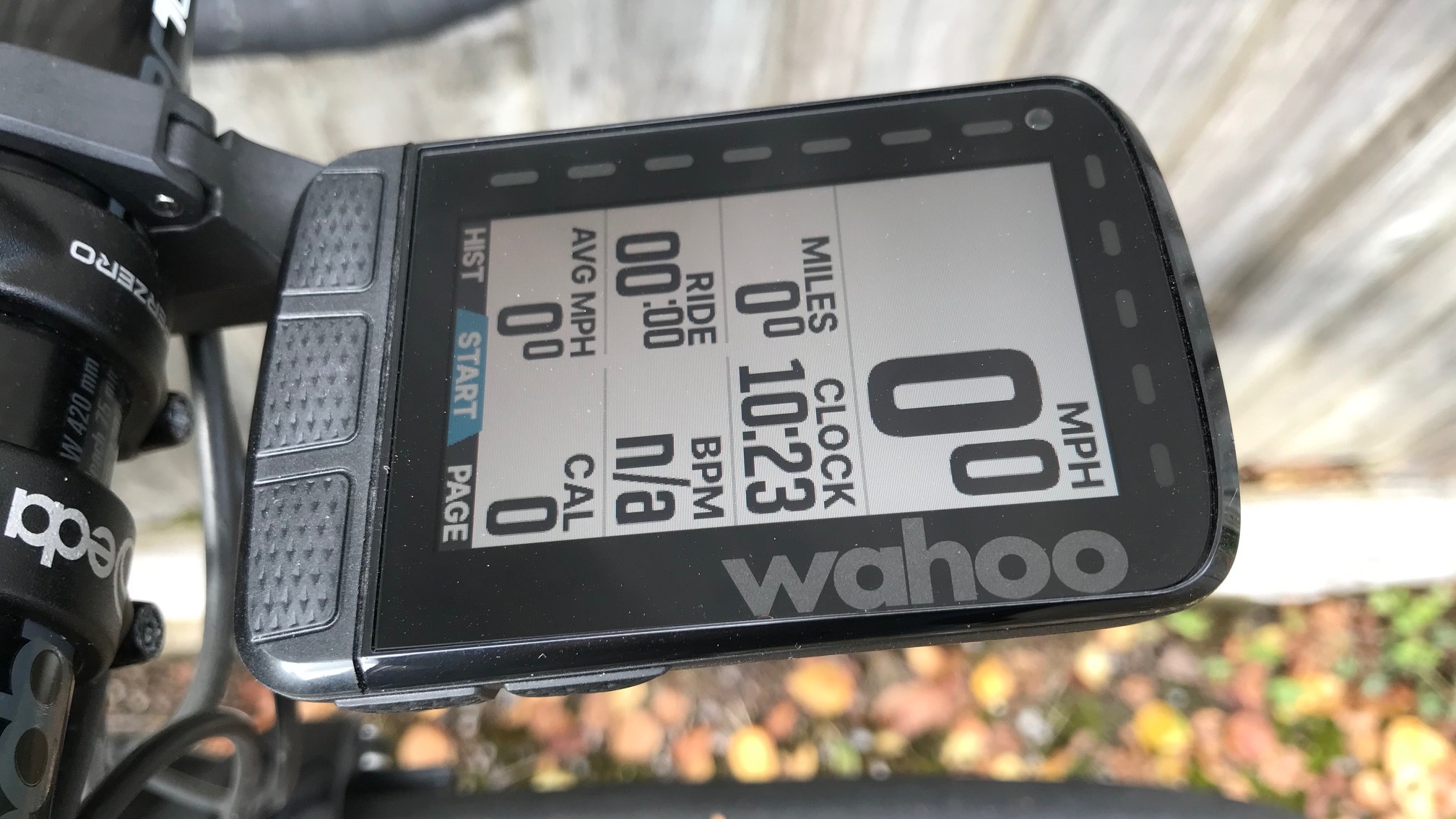
The new buttons are easier to operate, there’s an audible and tangible click and you won’t get those three little pools at the bottom of your screen when it’s raining.
The screen is the same size at 2.7in, and it’s still not a touchscreen - Wahoo is sticking with buttons only.
The two buttons on the right side that operate the PerfectZoom feature - where you view more or fewer data screens that you’ve pre-chosen via the app - like the three at the bottom of the screen are also slightly bigger and clickier, as is the power/menu button on the left side.
The casing is slightly different to accommodate those different-shaped buttons, but the overall shape and weight of the new computer is exactly the same - with the new Roam at 99g weighing two more grams than the old one on our scales. Claimed weight is a little less at 93.5g.
Externally the other difference is the move to USB-C for charging - in line with the Bolt v2 and the majority of modern devices.
So what’s going on under the hood?
More accurate and easier navigation
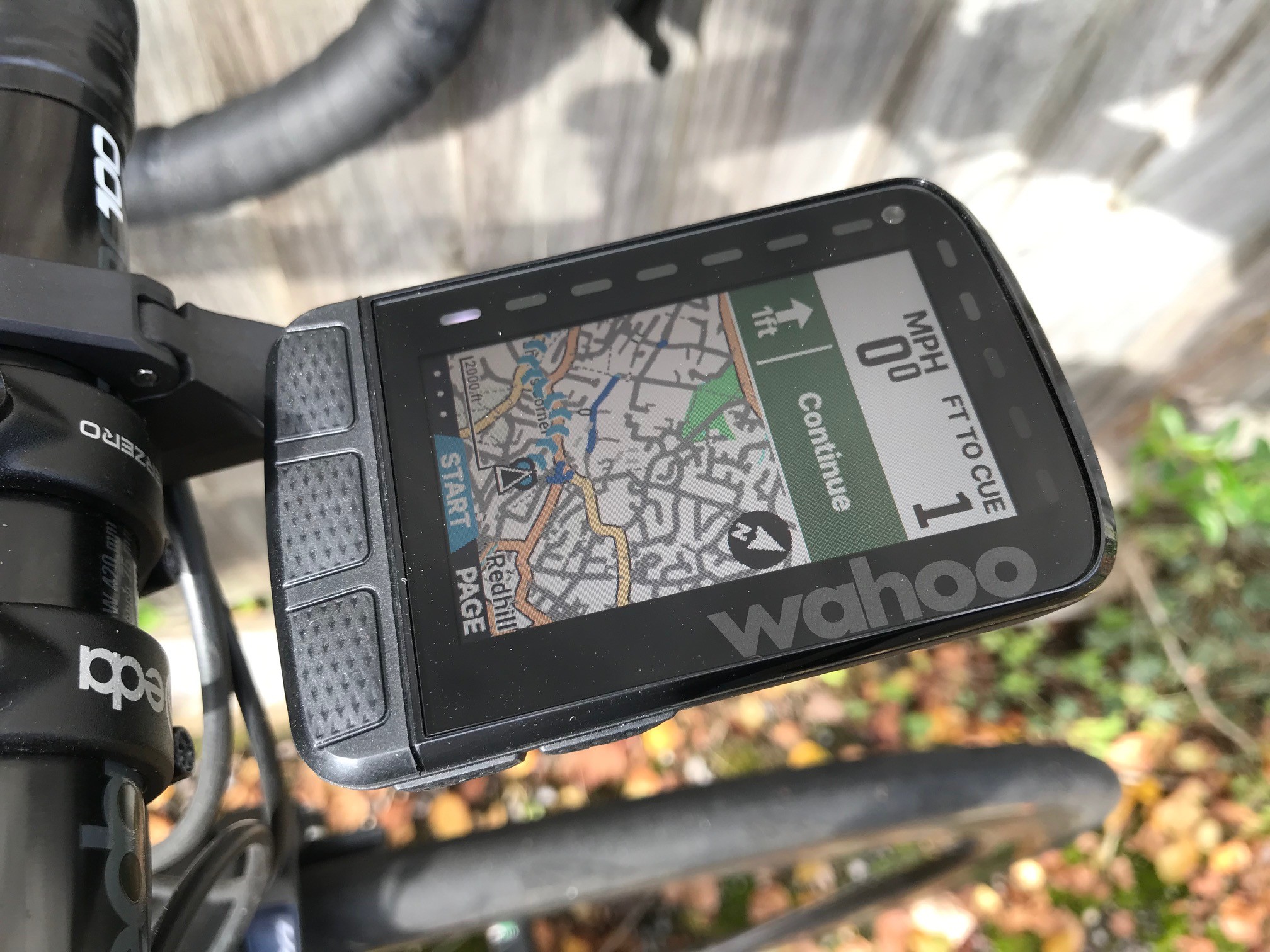
The Roam is all about navigation, and Wahoo is saying the mapping and routefinding capabilities of the new one make it the most powerful and intuitive GPS bike computer in the Wahoo ecosystem.
It now has dual-band GPS which Wahoo says delivers an enhanced and more accurate navigation experience especially when riding in areas where GPS reception can be limited - such as forests or urban areas.
Our friends over at Cyclingnews noticed a little bit of GPS drift when they tested the new Bolt against the old Roam, so this upgrade should see the new Roam exceed the Bolt in GPS accuracy.
Summit Segments Climb feature
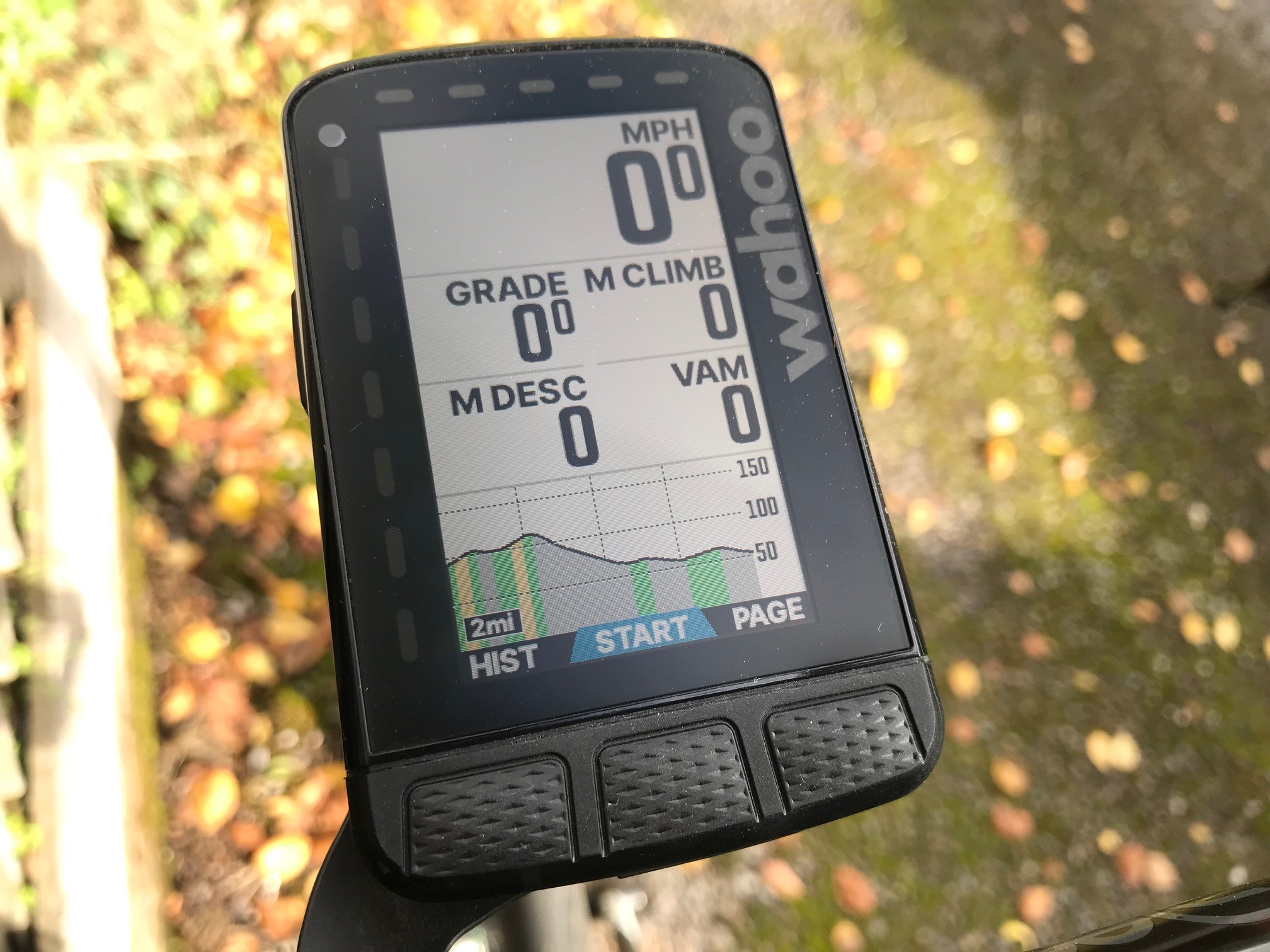
Wahoo also flags up its updated Summit Segments climb feature, which has been improved with each software update. Like Garmin’s ClimbPro, this automatically detects climbs in a preloaded route (or ‘take me to…’), and shows the profile of the route with the gradients colour coded.
It locates you on the route profile, showing any already completed climbs, and users can view more information about the current or upcoming climbs in their ride.
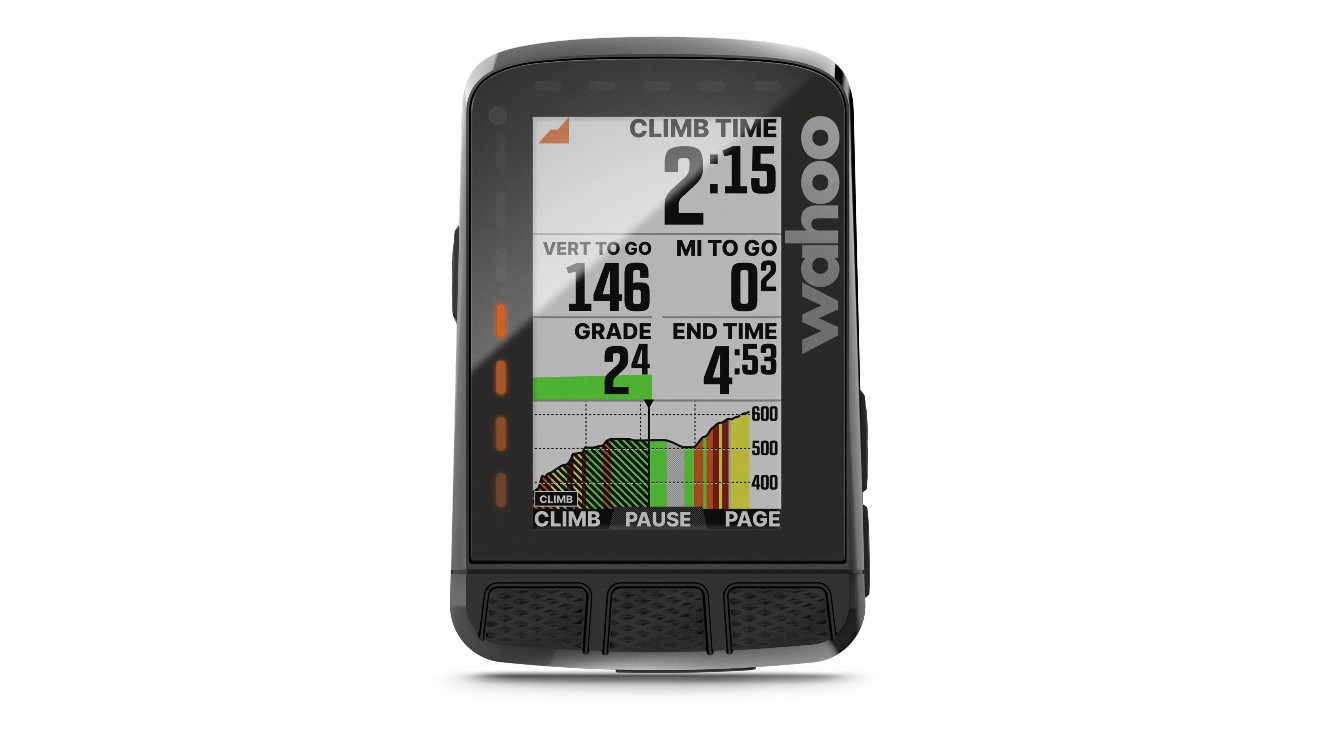
It’s worth pointing out that this feature is not limited to the new Roam - if you have the old Roam or the latest Bolt you’ll still be able to use Summit Segments. We tested it with the old Roam and it works exactly the same.
New 64-colour screen
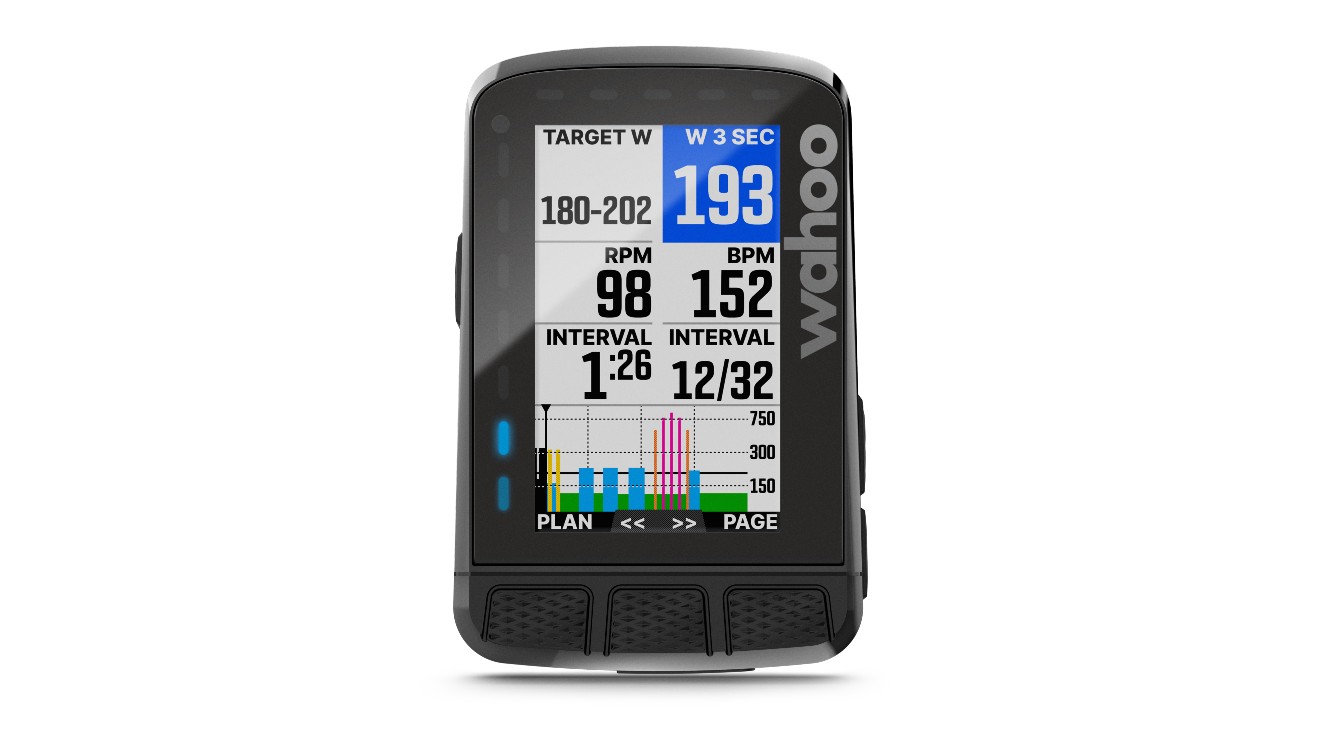
The new Roam has a 64-colour high-contrast screen, which is the same as the Bolt’s and this is the biggest visible difference compared to the old one. Whereas the previous Roam was black and white with just eight colours used sparingly, the new one has lost the slightly spidery cartographic look in its navigation screen and uses solid shading and colours rather than thin black outlines.
Colours are also now applied to tabs, there are colour coded charts, graphs and data fields and, as with the Bolt, you can use colours for heart rate and power zones.
More memory, same battery life
An upgrade to the memory capacity of the Roam from 4GB to 32GB (the Bolt has 16GB) means you’re unlikely to run out of space for regional map packs and stored routes.
Battery life stays at 17 hours - and perhaps this is an area where Wahoo needs to up its game compared to Garmin, which is now speccing solar charging on its top computers and watches. It’s not a bad battery life and it’s not exactly inconvenient to have to plug in your Roam after 17 hours, but comparatively it isn’t up there.
Wahoo X integration
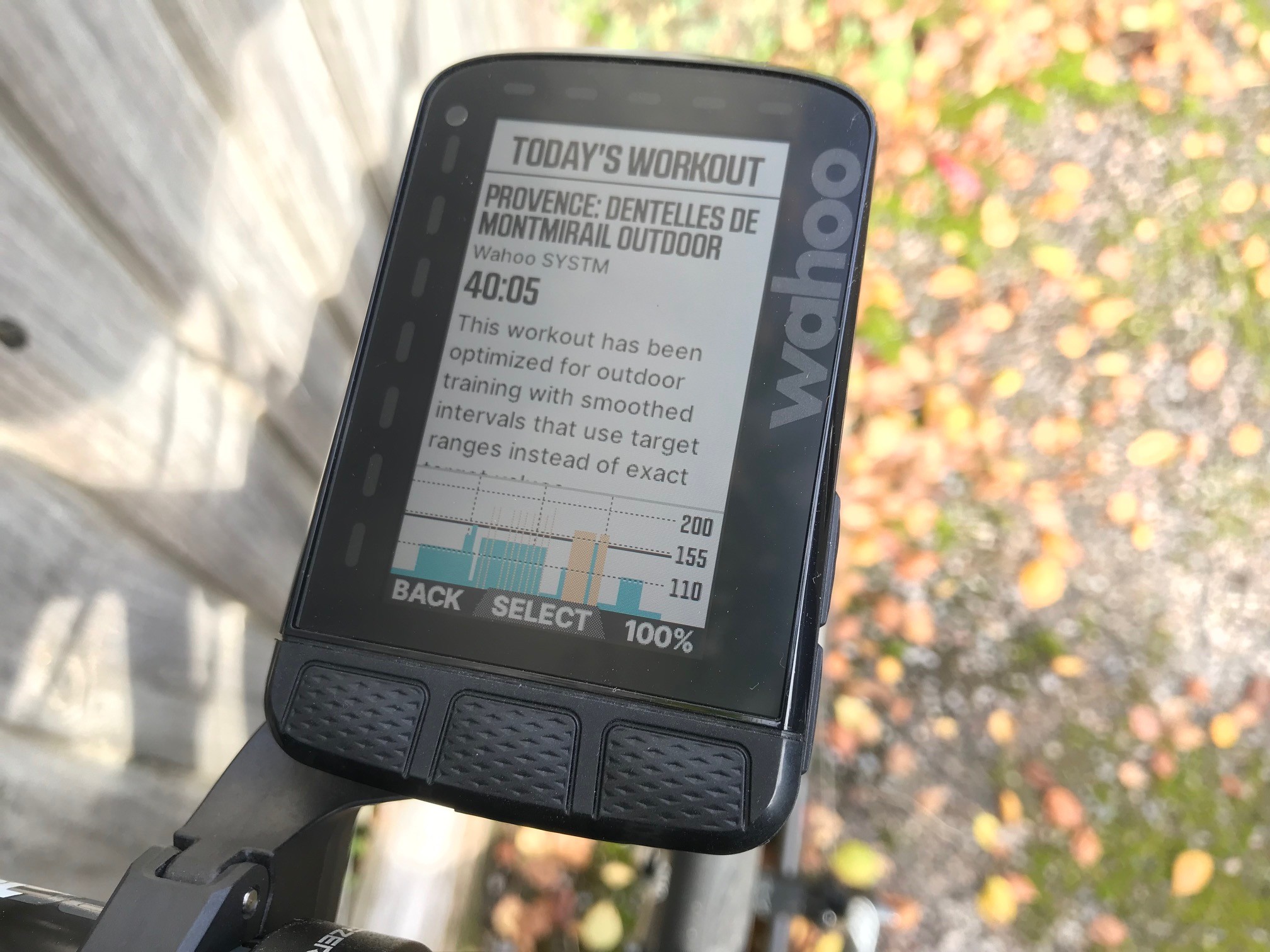
This is something really cool: if you’re a Wahoo X subscriber (for a single subscription you get Wahoo Systm for training and RGT for virtual routes bundled) you can download structured workouts onto the new Roam.
If you’re following a training programme and want to ride outdoors rather than in, you can sync the workout that’s on your schedule with the Roam and then follow the target power on the Roam’s screen, as well as seeing where you are in the session.
Sadly it doesn’t work with the old Roam - we tried it.
As you’d expect it will also control all Kickr smart trainers and the Kickr Bike and it pairs with all of Wahoo’s other connected devices.
And finally - in the box you get the out-front mount, which is exactly the same as the old Roam's out front mount and is interchangeable. You also get a bar mount which is held in place with zip-ties (included). It's a pity Wahoo hasn't redesigned this to use rubber o-rings for easier transferral between bikes, as Garmin has always done. But Wahoo probably (rightly) assumes that most people have a 31.8 bar and will use the out-front.
The new Elemnt Roam is available for £349.99/$399.99. For more information visit: www.wahoofitness.com
First impressions: Sam Gupta, CW video manager
There’s a lot to like about the new Roam. The dual-band GPS, I like that. I also like the upgrade to USB-C, which is arguably overdue.
Those raised buttons make a massive difference and everyone is going to be really relieved to have those.
More colour on the screen - it does make it a lot easier to read and the way Wahoo has integrated the colour makes it a lot more natural - it draws your eye to the metrics that are important to you. Also having the ability to choose what you want in colour makes it a whole lot more versatile.
Summit Segments - I really like that because it allowed me to pace those efforts. I liked it on Garmin with ClimbPro, so having it in Wahoo again makes sure they’re competing at the top level with the functionality that we all want to see from a top end computer.
The 32GB memory, again, is really nice. It essentially means you can take it anywhere in the world and you’ll have mapping.
And that really easy setup that hasn't changed - it’s so user friendly. For those people who just want to get their computer on and ride with it and have proper interaction with it throughout their product ownership, that’s where Wahoo is unmatched compared to any other computer.
So onto the things I’m not the biggest fan of. It’s going to be that battery life. I’m a bit disappointed that Wahoo stuck at 17 hours. It would have been nice to see an extra bit - or maybe even solar tech. Maybe that’s going to come in the future. I think Garmin are going to force Wahoo into needing to extend battery life.
Screen size - 2.7 inches. I wish it was a bit bigger, especially when you’ve got such a fat bezel that runs around the edge. It leaves it feeling a bit clunky. And for a computer that’s made for big adventures and explorations, having a bigger map and a bigger screen would only be a useful thing. And it’s a shame they didn’t take the opportunity to expand it even if just into the corners.
Lastly, while I do like the design, it’s not quite as refined or sleek as you might expect given how much it costs.
But for me, that’s all massively outweighed by the positives of this computer and I think it’s made a significant jump on from the original.
Specification
Screen size 2.7”
Battery life 17 hours
Dimensions 59.5 mm X 90.5 mm X 20.5 mm
Weight 3.3oz/93.5g
Water rating IPX7
Hardware
• (NEW) Dual Band GPS
• (NEW) 64 Color Screen
• (NEW) Convex Buttons
• (NEW) USB-C Charging
• 17-Hour Battery
• Perfect View Zoom
• Quicklook LED’s
• Ambient Light Sensor
• Integrated Out-Front Mount
Software
• (NEW) Wahoo X
• (NEW) Summit Segments
• (NEW) Public Route Sharing
• (NEW) Supersapiens Integration
• (NEW) Back Up & Restore
• On Device Smart Navigation
• Multisport Handover
• KICKR Control
• ELEMNT Companion App
RRP
$399.99/£349.99

Thank you for reading 20 articles this month* Join now for unlimited access
Enjoy your first month for just £1 / $1 / €1
*Read 5 free articles per month without a subscription

Join now for unlimited access
Try first month for just £1 / $1 / €1
Get The Leadout Newsletter
The latest race content, interviews, features, reviews and expert buying guides, direct to your inbox!
Simon Smythe is a hugely experienced cycling tech writer, who has been writing for Cycling Weekly since 2003. Until recently he was our senior tech writer. In his cycling career Simon has mostly focused on time trialling with a national medal, a few open wins and his club's 30-mile record in his palmares. These days he spends most of his time testing road bikes, or on a tandem doing the school run with his younger son.
-
 'I'll take a top 10, that's alright in the end' - Fred Wright finishes best of British at Paris-Roubaix
'I'll take a top 10, that's alright in the end' - Fred Wright finishes best of British at Paris-RoubaixBahrain-Victorious rider came back from a mechanical on the Arenberg to place ninth
By Adam Becket Published
-
 'This is the furthest ride I've actually ever done' - Matthew Brennan lights up Paris-Roubaix at 19 years old
'This is the furthest ride I've actually ever done' - Matthew Brennan lights up Paris-Roubaix at 19 years oldThe day's youngest rider reflects on 'killer' Monument debut
By Tom Davidson Published
